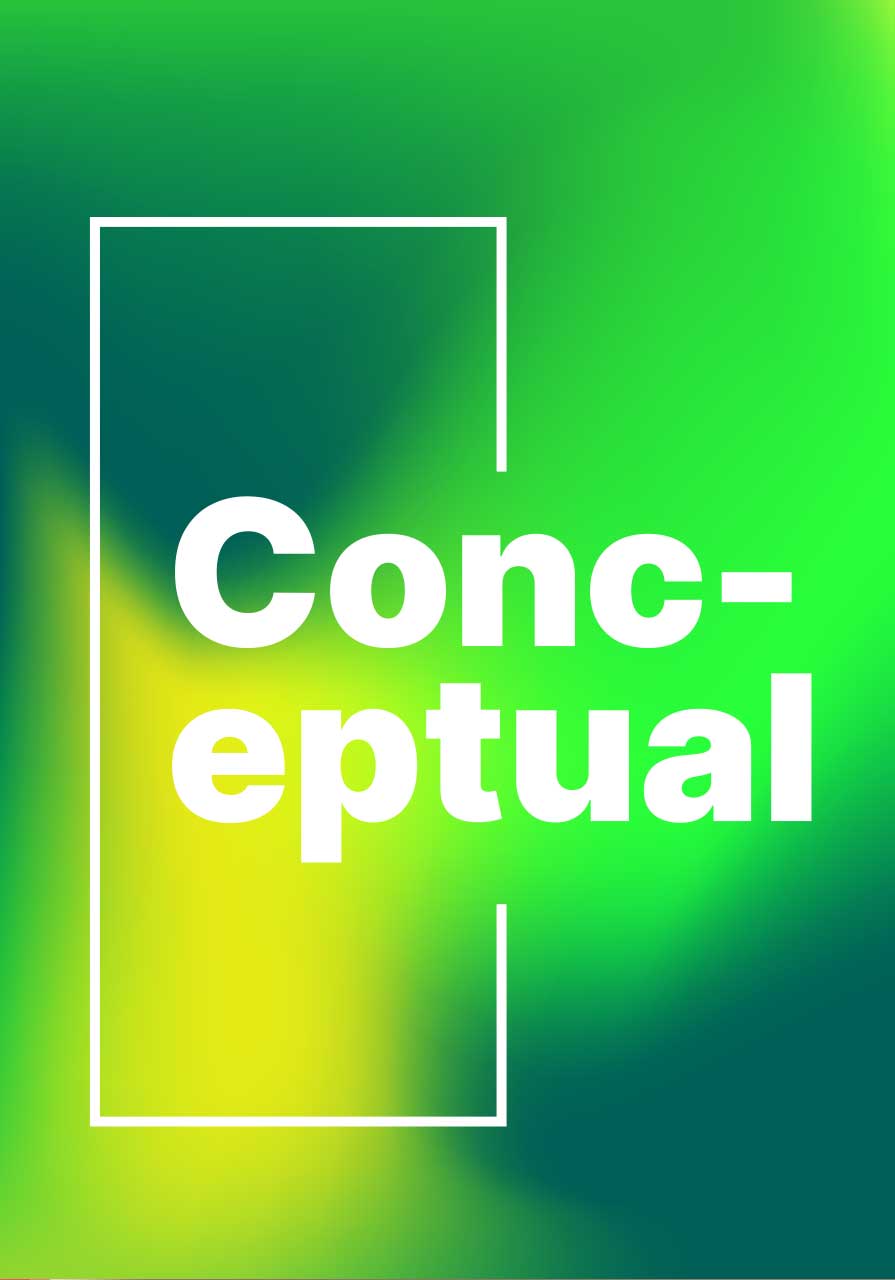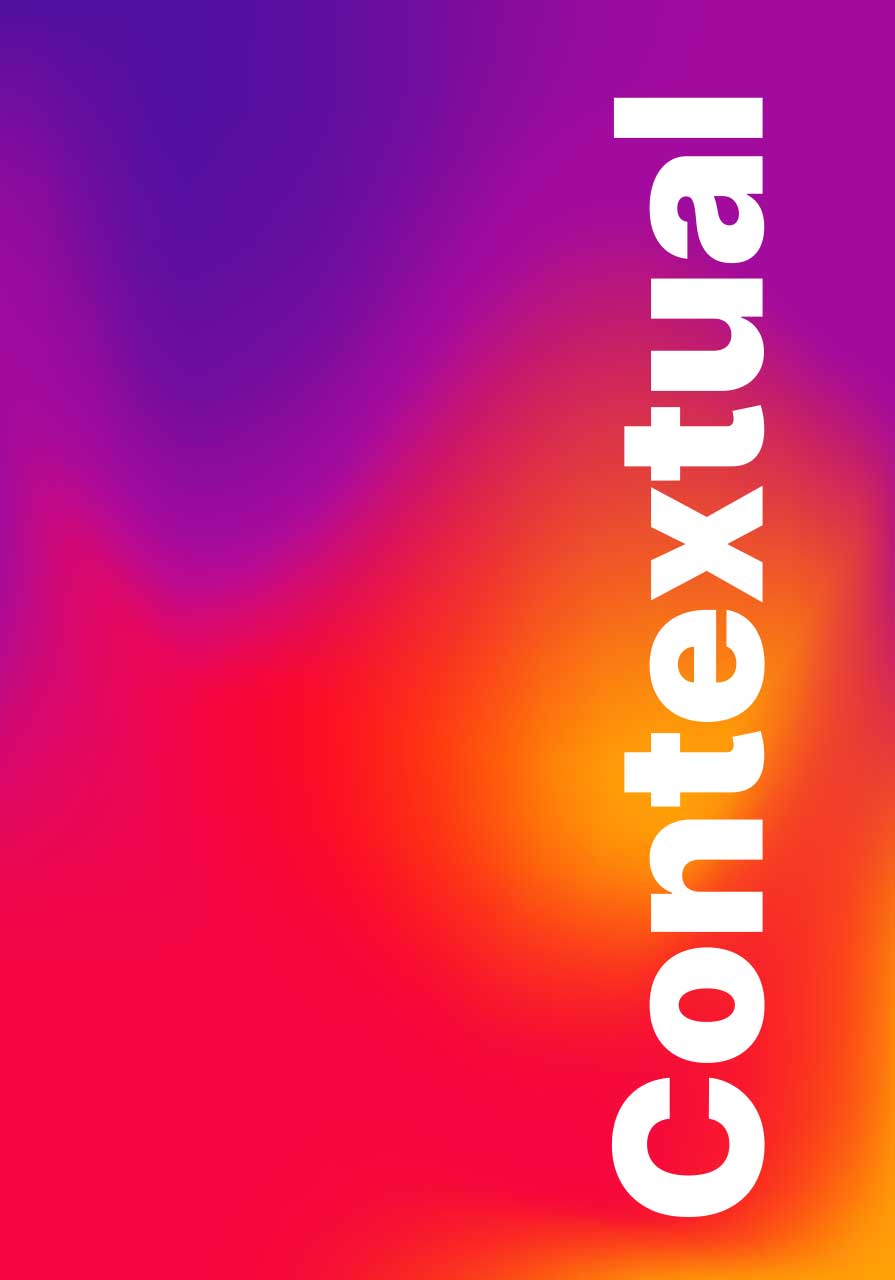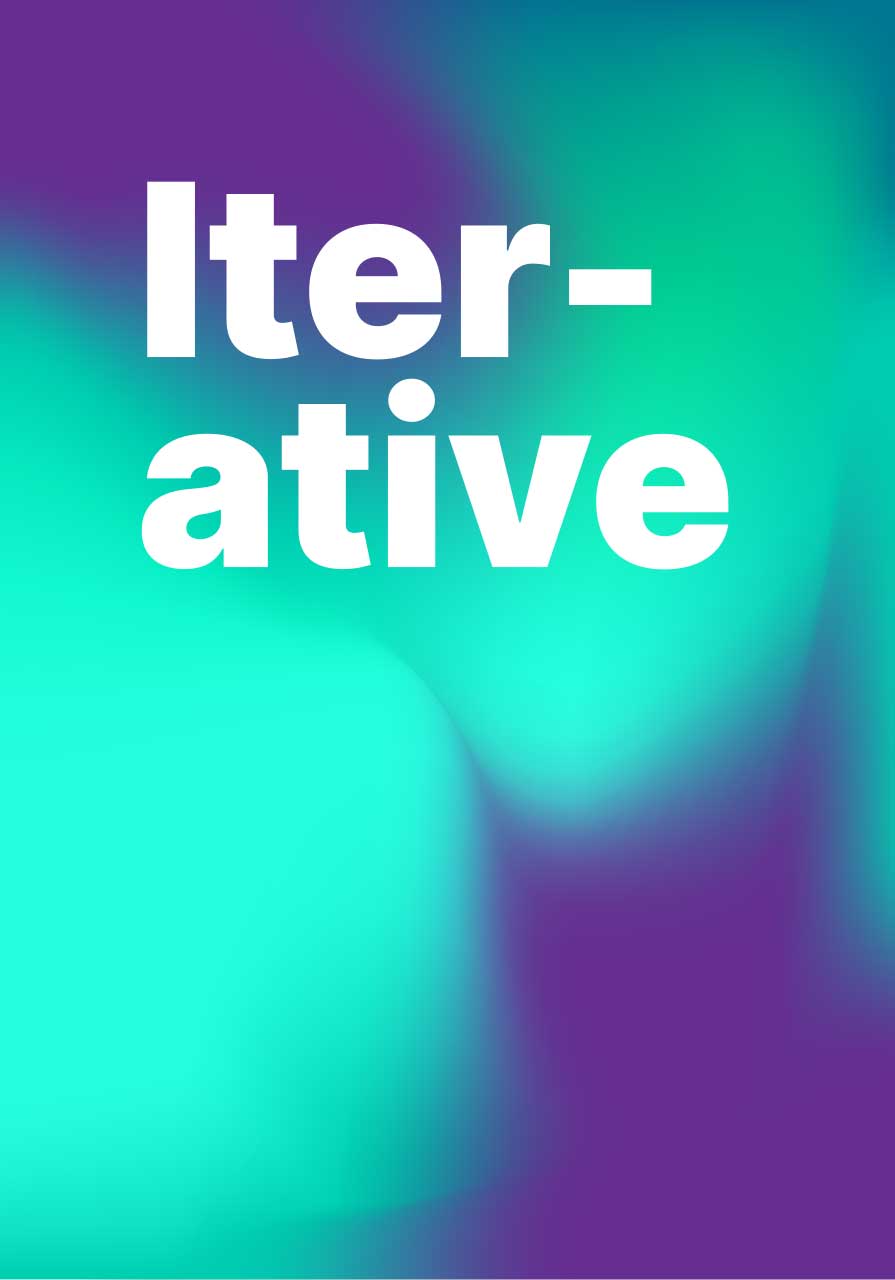Design Thinking
To design a human-centered product, there must be a clear balance between thinking creatively and thinking critically. These two concepts fused together are what sets the backdrop of design thinking. Design thinking is a process that UI/UX developers and designers utilize within their workflows to better understand users, refine any fault points, prototype, and deliver innovative solutions. Not exclusive to the UI/UX realm, but highly applied, design thinking has allowed innovators across a litany of industries to open their ways of thinking and widen their perspectives of new modes of problem-solving and ingenuity.
Design thinking intersects with user-centric ways of thinking because it heavily revolves around unveiling a deep understanding of the audience and the context of use in which they will navigate the design.

In turn, with that level of curiosity and prioritization of their audiences, design teams tap into an unequivocal sense of empathy to elevate the experience. It streamlines problems with solutions, that ultimately benefit the end user, and in essence, creates a better digital product through extensive experimentation and testing. Design thinking is composed of 5 essential steps: empathize, define, ideate, prototype, and test.
Empathize
To kick off any level of design thinking, the first tier is to fully understand the audience the digital product is meant for through careful analysis and observation. Whether it is to solve a problem or create new ideas for innovation, developers and designers alike will utilize user testing, analytics, contextual inquiries, surveys, and other modes of analysis to understand their interests, motives, and overall needs/expectations. This is the catalyst to a design process because if design teams are able to centralize their work around the user, it creates a more focused design through empathy and understanding their perspectives. Shedding assumptions or a designer’s personal preferences means a user-focused, experiential experience.
Define
Within the ‘define’ stage of design thinking, the observations accumulated in the empathizing stage become observed and implemented into the next steps of the design thinking paradigm. To follow the next step in the ideation process, defining your discoveries and user preferences or needs should be clearly defined, and fully understood from all viewpoints. Typically, the ‘define’ stepping-stone pacifies any problem. “Problem” doesn’t always carry a negative connotation, rather it focuses on how often certain aspects of a design be modified to fit the end user. For example, if a brand claims its user retention has been faltering, the solution here will reveal itself once analytics are defined, and audience feedback is distinguished. Designers and developers can then ideate how to navigate said solution.
Ideate
Establishing the context of use is streamlined and pain points are identified, a clearer picture comes into view that allows design teams to ideate new ideas and solutions. In this stage of design thinking, teams can creatively ideate on design and development methods, while of course, remaining dedicated to the established data analytics of users’ preferences. There is also a level of freedom in this stage to remain broad and creative with the design with different design directions before streamlining further with stakeholders and their feedback. Ideation allows for innovation to thrive, and ideas to come to life.
Prototype
Within the prototyping phase, ideas and early versions of a design/solution are mocked up to test out if an idea will work or understand a clearer picture of how it will function. Prototyping commences the early stages of development to reveal if an idea will offer a real solution that would then be moved on to development and further tested. A sketch of the design layout or a high-level design of a digital product is one of the ultimate ways to prototype. This phase is forgiving in the sense that it will continuously be iterated and adjusted through different sprints and phases to ensure that once it is in a solid state, it can successfully be carried on to the next corresponding phase.
Test
A great idea and solid prototype are important to design, yet, without testing, if it will meet the needs and abilities of users, it loses its validity. With contextual feedback from users, stakeholder input, and internal expertise, refining a prototype ensures it will hold up as it moves down the path of its final development. Once tested and certain structural components are reshaped for seamless usability, refining the results will help streamline any unwanted occurrences. The testing phase also requires a considerable level of iterative design thinking so that every adjustment is refined, tested, and refined again if needed. In essence, testing places the user at the centerfold of the design because it is ultimately tried to ensure it works best for their end experience.
Design thinking is an impactful way to create digital products and uplift any experience. It is a process that has been utilized to create the most experiential designs today. The liberating part of it all is design thinking does not follow a strict outline. Rather, these individual steps can occur in any order, be utilized more than others, or can be practiced on their own depending on the stage of a project. Design thinking is also heavily nuanced with other design principles such as iterative, conceptual, contextual, and experiential designs. With all these interconnections, an innovative design is always at the cusp of something amazing.



